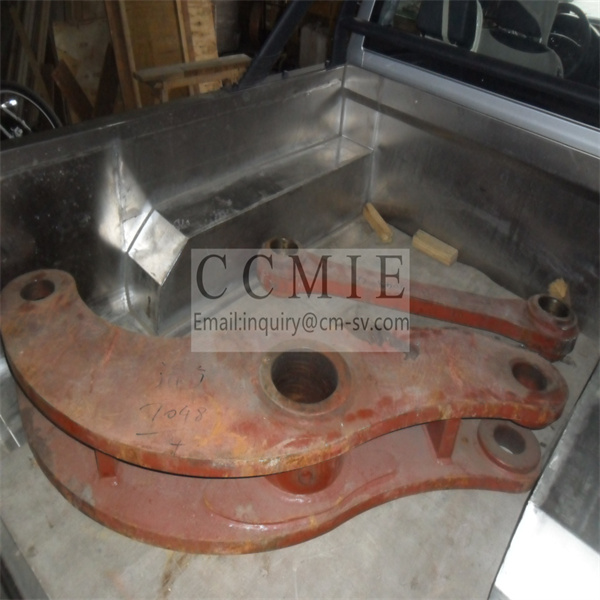Applications
Chinese XCMG ZL50GN Rocker , Chinese XCMG LW300KN Rocker ,Chinese XCMG LW500FN Rocker , Chinese XCMG LW400FN Rocker ,Chinese LIUGONG LW600KV Rocker ,Chinese XCMG LW800KV Rocker , Chinese SANY SW966K Rocker , Chinese SANY SYL956H5 Rocker , Chinese SANY SYL953H5 Rocker , Chinese LIUGONG SL40W Rocker.

